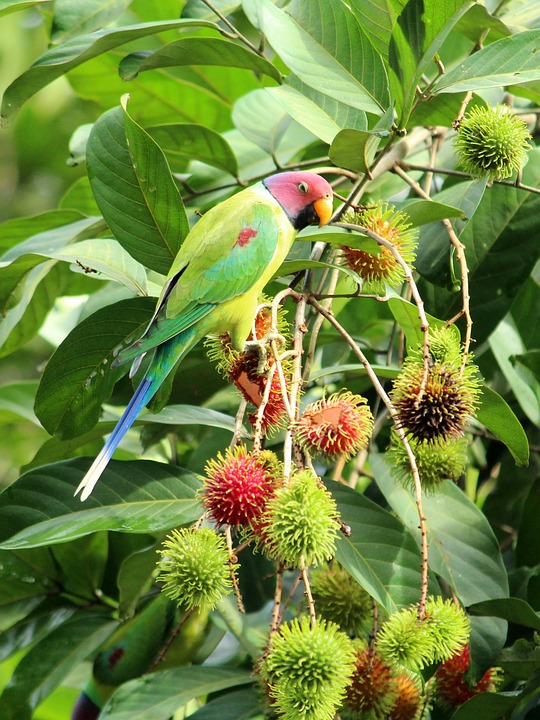Parrots are fascinating creatures known for their vibrant colors and ability to mimic human speech. However, understanding their behavior is crucial for building a strong bond and ensuring their well-being. In this article, we will delve into the intricacies of parrot behavior, their interactions with family members, and provide valuable insights for parrot owners.
Parrot species are highly social animals, and their behavior reflects a need for companionship and interaction. Understanding their social nature is essential for creating a harmonious environment within the family. Parrots have a natural inclination to live in flocks, mirroring their behavior in the wild. This flock mentality influences their interactions within the family unit. Parrots can form strong bonds with their human family members, often considering them as part of their flock. Establishing trust and spending quality time together is vital for a healthy bond.
Parrots communicate through a variety of vocalizations, body language, and facial expressions. Recognizing their communication cues is key to understanding their behavior. Parrots use vocalizations to express their emotions, convey their needs, and establish territory. Familiarizing yourself with their different vocalizations will enable you to interpret their messages accurately. Observing a parrot’s body language provides valuable insights into their emotional state. Understanding signs of fear, aggression, contentment, or playfulness will help you respond appropriately.
Like any other pets, parrots may exhibit behavioral challenges that require attention and understanding. Addressing these challenges promptly is essential for the overall well-being of your parrot. Parrots may bite or display aggressive behavior due to fear, territoriality, or lack of socialization. Implementing positive reinforcement techniques and seeking professional guidance can help manage and reduce these behaviors. Excessive screaming or vocalization can be a result of boredom, attention-seeking, or mimicry. Providing mental stimulation, maintaining a consistent routine, and utilizing positive reinforcement can help curb excessive vocalization.
To encourage your parrot to bond with other family members, you can encourage them to spend quality time near the parrot, offering treats and engaging in positive interactions. Gradual exposure to various family members will facilitate bonding. You can tell if your parrot is happy by observing their relaxed body language, bright eyes, and engagement in playful behaviors. Vocalizations will often be pleasant and contented. It is absolutely possible to train a parrot. Parrots are highly intelligent and trainable. Positive reinforcement and consistent training methods can help teach them tricks, appropriate behaviors, and even mimicry. To prevent behavioral problems, provide mental stimulation, socialization, a balanced diet, and a consistent routine. Regular veterinary check-ups and consulting with a professional trainer can also be beneficial.
Understanding parrot behavior is essential for creating a harmonious and enriching environment for both your parrot and your family. By recognizing their social nature, communication cues, and addressing behavioral challenges, you can build a strong bond and ensure the well-being of your feathered companion. Remember, patience, love, and knowledge are the keys to a happy parrot-family relationship.









